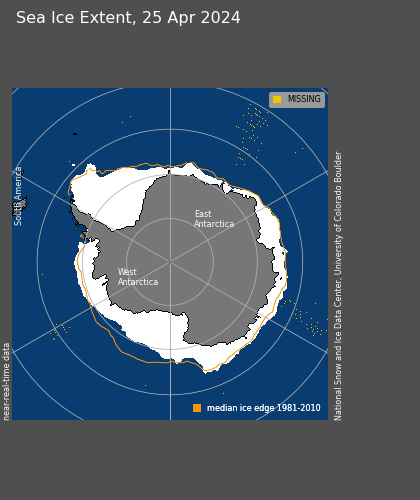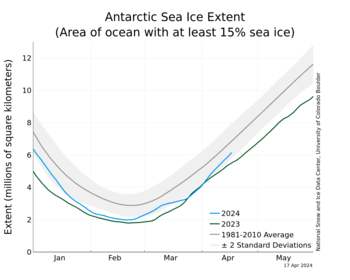SETI & the Drake equation
1960. Green Bank, West Virginia at the new National Radio Astronomy Observatory, a young astrophysicist named Frank Drake runs a two week project called Ozma, to search for extra-terrestrial signals. A signal is received, to great excitement. It turns out to be false, but the excitement remains. In 1960, Drake organizes the first SETI conference, and came up with the now-famous Drake equation:
N = N* fp ne fl fi fc fL
Where N* is the number of stars in the Milky Way galaxy; fp is the fraction with planets; ne is the number of planets per star capable of supporting life; fl is the fraction of planets where life evolves; fi is the fraction where intelligent life evolves; and fc is the fraction that communicates; and fL is the fraction of the planet’s life during which the communicating civilizations live.
This serious-looking equation gave SETI a serious footing as a legitimate intellectual inquiry. The problem, of course, is that none of the terms can be known, and most cannot even be estimated. The only way to work the equation is to fill in with guesses. And guesses—just so we’re clear—are merely expressions of prejudice. Nor can there be “informed guesses.” If you need to state how many planets with life choose to communicate, there is simply no way to make an informed guess. It’s simply prejudice.
As a result, the Drake equation can have any value from “billions and billions” to zero. An expression that can mean anything means nothing. Speaking precisely, the Drake equation is literally meaningless, and has nothing to do with science. I take the hard view that science involves the creation of testable hypotheses. The Drake equation cannot be tested and therefore SETI is not science. SETI is unquestionably a religion. There is not a single shred of evidence for any other life forms, and in forty years of searching, none has been discovered. There is absolutely no evidentiary reason to maintain this belief.
SETI is a religion.
Back in the sixties, SETI had its critics, although not among astrophysicists and astronomers. The biologists and palaeontologists were harshest.
But scientists in general have been indulgent toward SETI, viewing it either with bemused tolerance, or with indifference.
And of course it is true that untestable theories may have heuristic value. Of course extra-terrestrials are a good way to teach science to kids. But that does not relieve us of the obligation to see the Drake equation clearly for what it is—pure speculation in quasi-scientific trappings.
The fact that the Drake equation was not greeted with screams of outrage—similar to the screams of outrage that greet each Creationist new claim, for example—meant that now there was a crack in the door, a loosening of the definition of what constituted legitimate scientific procedure. And soon enough, pernicious garbage began to squeeze through the cracks.
Now let’s jump ahead a decade to the 1970s, and Nuclear Winter.

